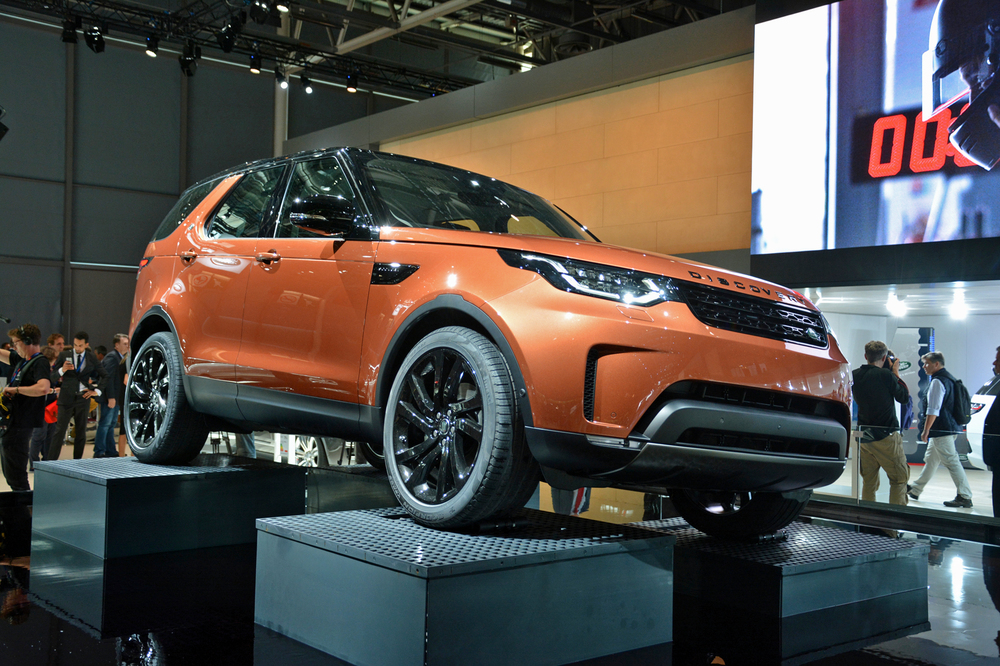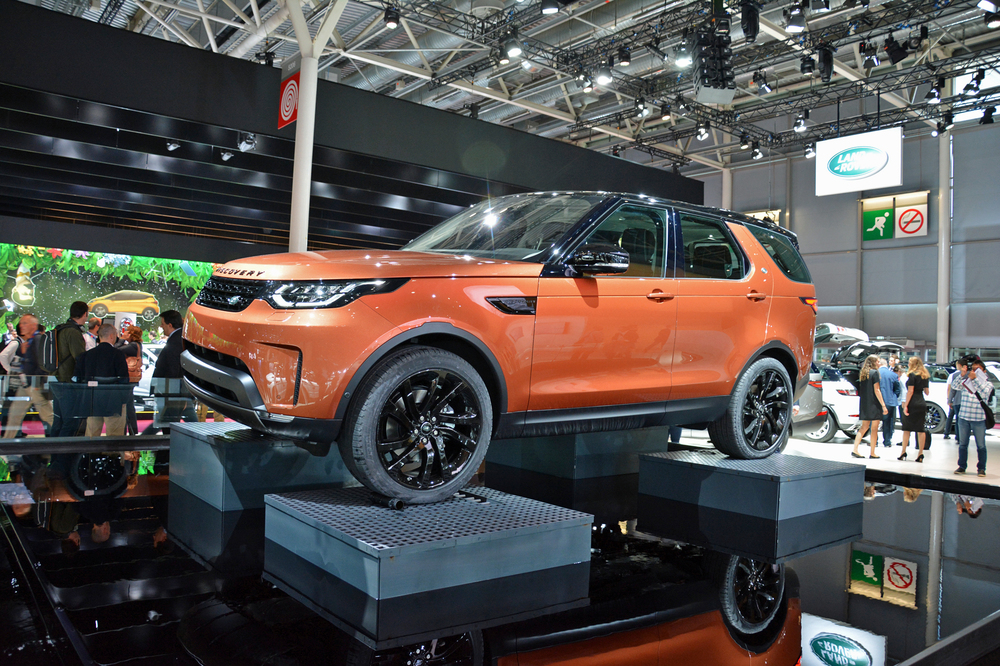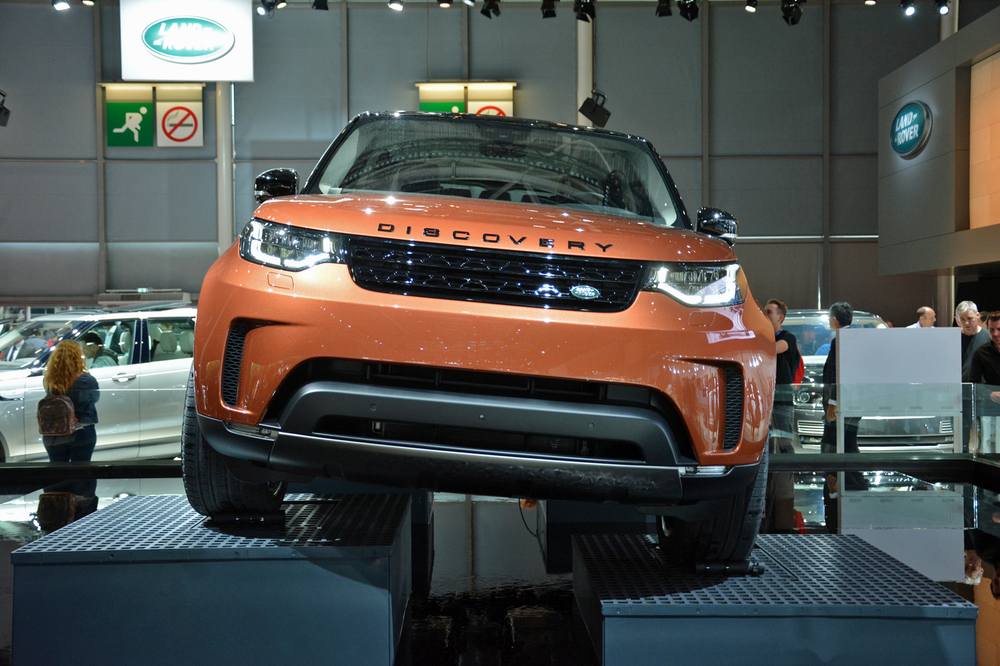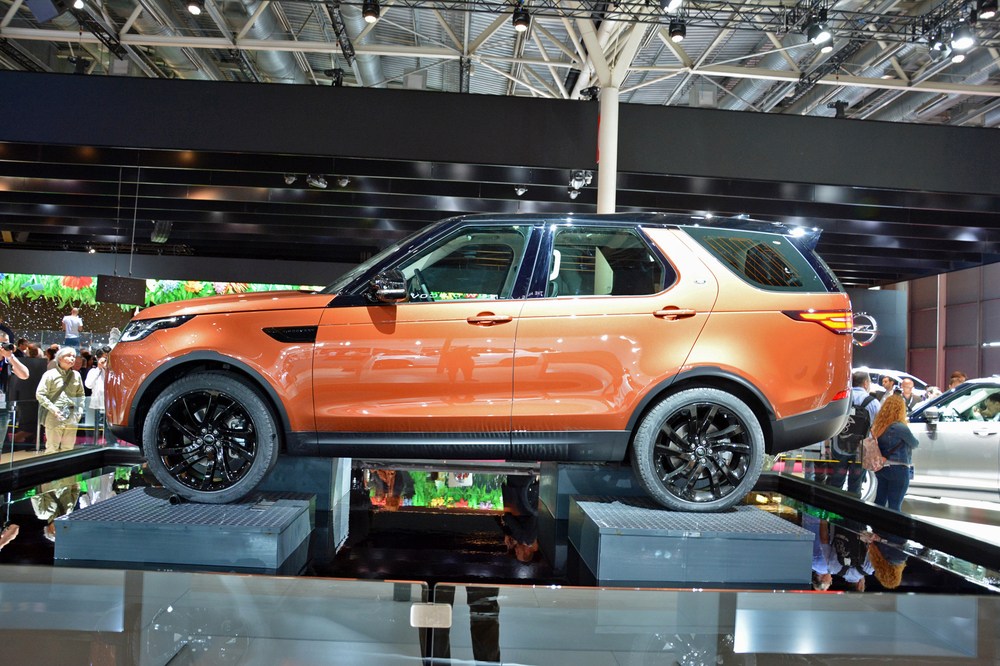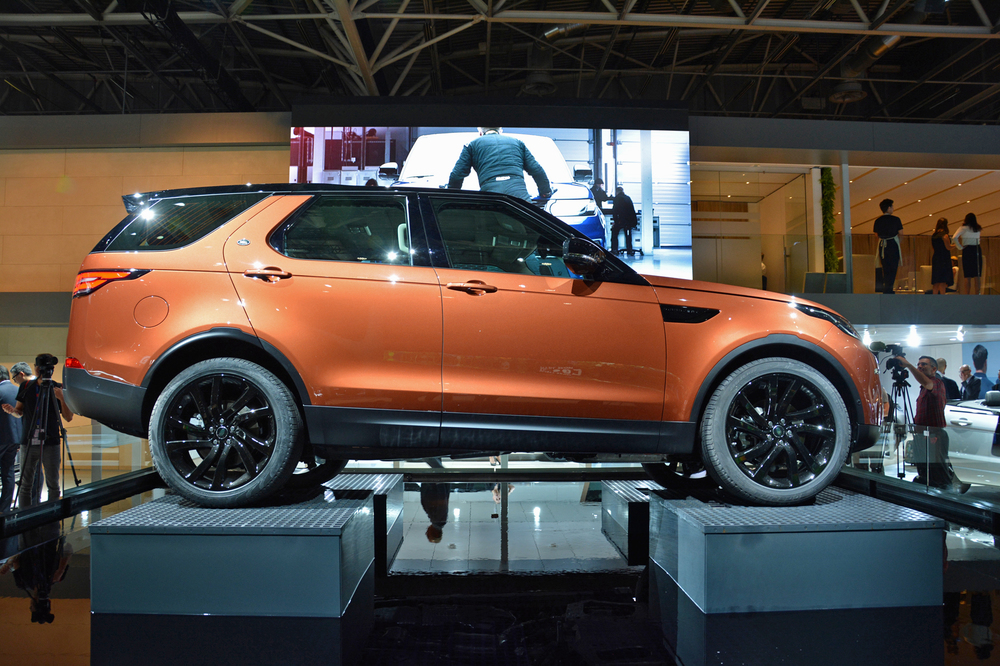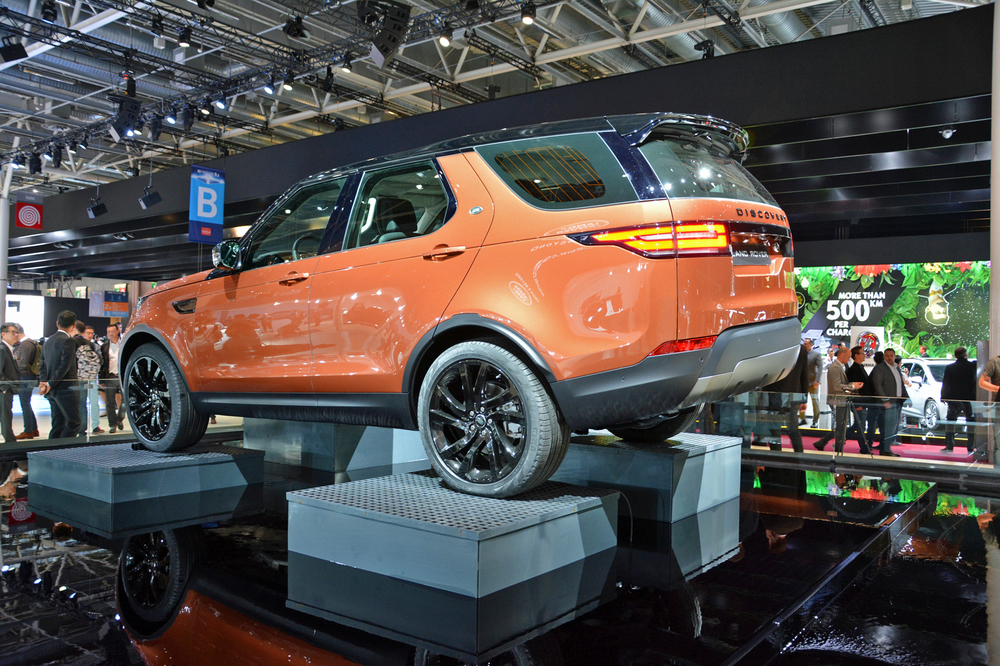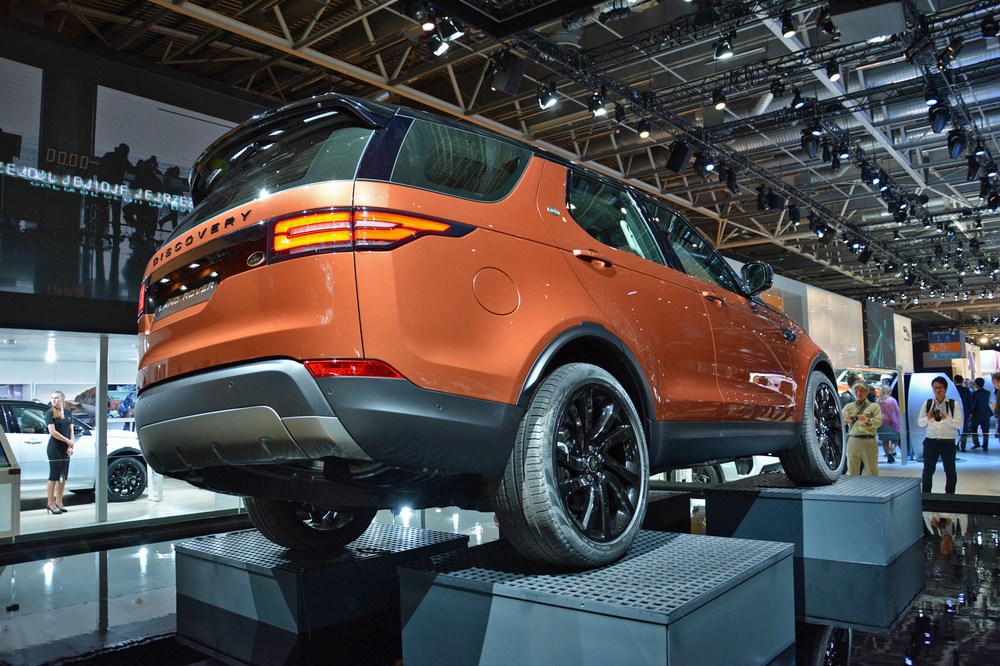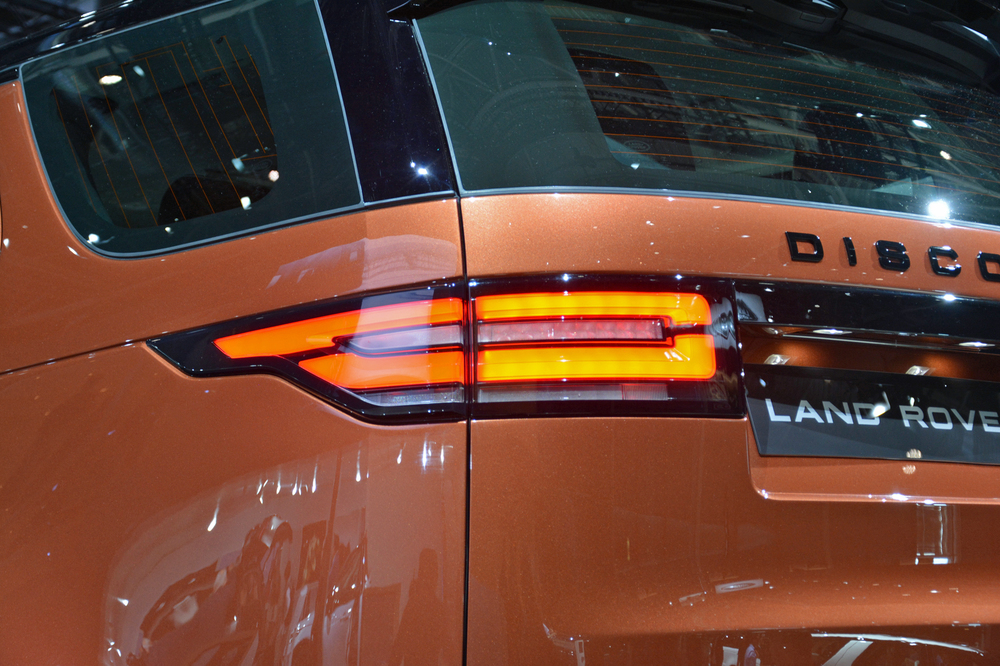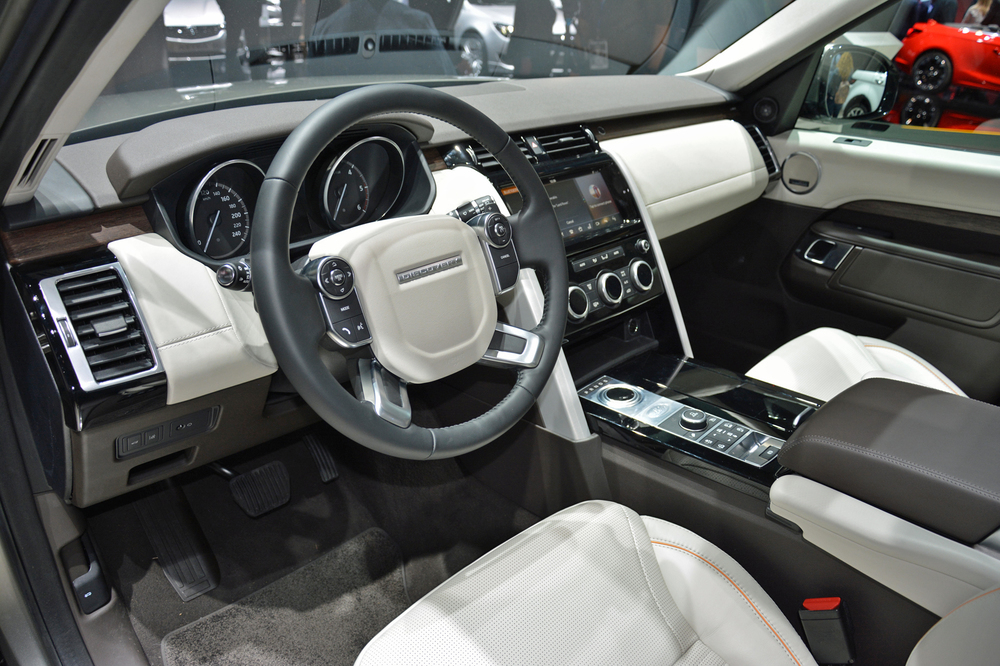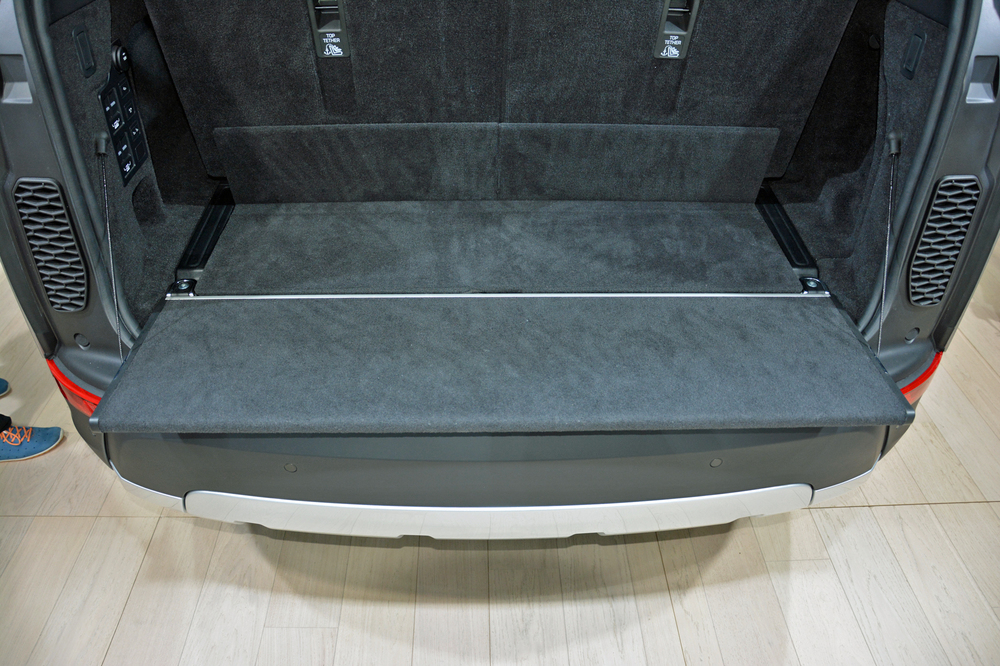The Land Rover Discovery (currently sold as the LR4 in the U.S.) is one of the last of the old-school SUVs, emphasizing off-road ability and general ruggedness. But with this latest redesign, Land Rover is trying to bring it up to date with technology and a greater emphasis on refinement.
Debuting at the 2018 Paris Motor Show, the 2018 Land Rover Discovery is certainly quite different from the boxy current-generation model. It borrows heavily from the Discovery Vision concept that debuted at the 2014 New York Auto Show over two years ago, as well as the smaller (and mechanically unrelated) Discovery Sport. The result is something that looks more like the car-based crossovers the Discovery will compete with, sporting softer edges and a sleeker roofline.
The skin isn’t the only thing that’s new. The 2018 Discovery rides on a new aluminum platform that saves 1,000 pounds compared to the previous model, according to Land Rover. The Discovery is 85 percent aluminum, and 43 percent of that is recycled. The new body preserves the Discovery’s off-road capabilities, allowing for 11.1 inches of ground clearance. This SUV can also ford 35.4 inches of water.
U.S. buyers will get one gasoline and one diesel engine option. The 3.0-liter supercharged gasoline V6 produces 340 horsepower and 332 pound-feet of torque, while the 3.0-liter turbocharged diesel V6 makes 254 hp and generates 443 lb-ft. Both engines are mated to an eight-speed automatic transmission, with four-wheel drive.
Read more: Smart Electric Drive models debut at Paris Motor Show
Land Rover also added a few gadgets to help make the Discovery easier to drive both on and off road. The Discovery gets Land Rover’s ubiquitous Terrain Response 2 system and All-Terrain Progress Control, which basically acts like low-speed cruise control. On road, adjustable air suspension is meant to provide a cushier ride. Since owners may use the Discovery to tow, Land Rover also offers an Advanced Tow Assist feature that takes over steering while backing up a trailer.
On the inside, Land Rover claims the Discovery is a genuine seven seater, with a third row suitable for adults. The second and third rows can be folded using switches in the cabin, or even with the central touchscreen display. The 10.0-inch screen is part of Land Rover’s InControl Touch Pro infotainment system, which in the Discovery also includes a built-in Wi-Fi hot spot that can support up to eight devices, and a remote app that allows owners to monitor their cars from afar.
As with virtually every other new car, the Discovery is also available with a host of driver-assist systems. The list includes blind-spot assist, which tries to steer the car back into its lane if it detects another car in the driver’s blind spot, adaptive cruise control, driver condition monitor, lane departure warning, lane keep assist, and a surround-view camera system.
The 2018 Land Rover Discovery goes on sale in the U.S. next year. Pricing starts at $49,990 for a base SE model with the gasoline V6, but Land Rover will also offer a high-end First Edition model at launch, starting at $73,950.
